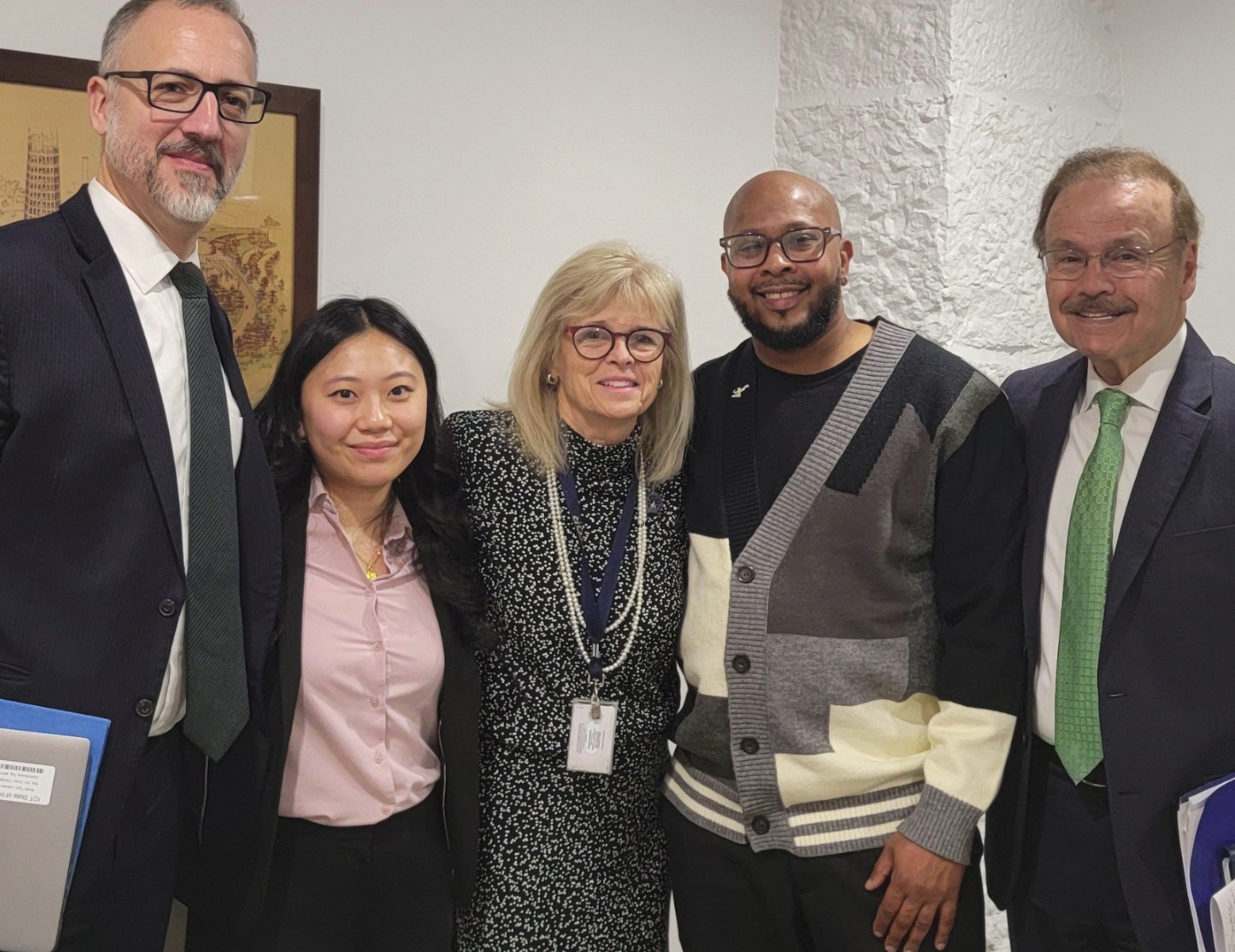 Indiana’s Eye Witness Reform Bill Changes Things
Indiana’s Eye Witness Reform Bill Changes Things
With little fanfare, the first eyewitness identification reform bill was passed, tackling a leading cause of wrongful convictions and incarcerations. It was backed by exoneree testimony and decades of research. S.B. 141 introduced key protections to ensure more reliable identifications and a stronger criminal legal system.
The legislation was supported by the testimony of Leon Benson, who was misidentified in a shooting in 1998. He spent 20 years of a 61-year sentence, always claiming his innocence and working to get back to the family he loves. He was exonerated in December 2023 because of misidentification and the censoring of critical witnesses. The Innocence Project and the Notre Dame Exoneration Justice Clinic championed the effort.
Eyewitness misidentification has been a leading cause of wrongful convictions across the United States. It has played a role in 70% of the more than 375 wrongful convictions overturned by DNA evidence. In Indiana, 36% of wrongful convictions have involved mistaken eyewitness identification. This has resulted in a cumulative 245 years of unjust imprisonment for innocent individuals.
S.B. 141 introduced three critical reforms to eyewitness identification procedures in Indiana:
- Law enforcement must now inform witnesses that the accused may or may not be present in the lineup and that they will continue their investigation whether or not an identification is made, reducing pressure to make a selection.
- Non-suspect fillers chosen for lineups must resemble the witness’ description, and the suspect should not noticeably stand out from the fillers.
- Witnesses’ confidence levels at the time of identification must be recorded, providing context for the reliability of their testimony.
Additionally, S.B. 141 stipulates that if facial recognition technology is used to identify a suspect, law enforcement must corroborate this identification with additional evidence before proceeding with a lineup, ensuring that facial recognition alone does not serve as the sole basis for suspect identification.
Since his release and exoneration, Benson has been an outspoken advocate for criminal legal reform, emphasizing the dangers of eyewitness misidentification. Testifying before the Indiana Senate Committee in support of the bill, he said, “I think this encourages other exonerees to use their platform to push things to make it better.”
Indiana, like other states, has a trail of poorly decided prosecutions due to inaccurate eyewitness evidence that has led to the conviction of innocent people. Both William Barnhouse and Larry Mayes were wrongly convicted in Indiana and exonerated by the Innocence Project. Barnhouse spent 25 years in prison for a 1992 sexual assault conviction based largely on a roadside identification, and Mayes was wrongfully convicted in 1982 after the witness identified him under hypnosis—a fact withheld from the jury. He served 21 years before DNA testing cleared his name. Both cases exemplify the catastrophic consequences of flawed identification practices.
Nancy
PHOTO: Indiana Public Defender Council’s Zachary Stock, Innocence Project’s Winnie Ye, Indiana Senator Liz Brown, exoneree Leon Benson, and Notre Dame Exoneration Justice Clinic’s Jimmy Gurulé at a Senate committee hearing in February 2025. (Courtesy Leon Benson. )








